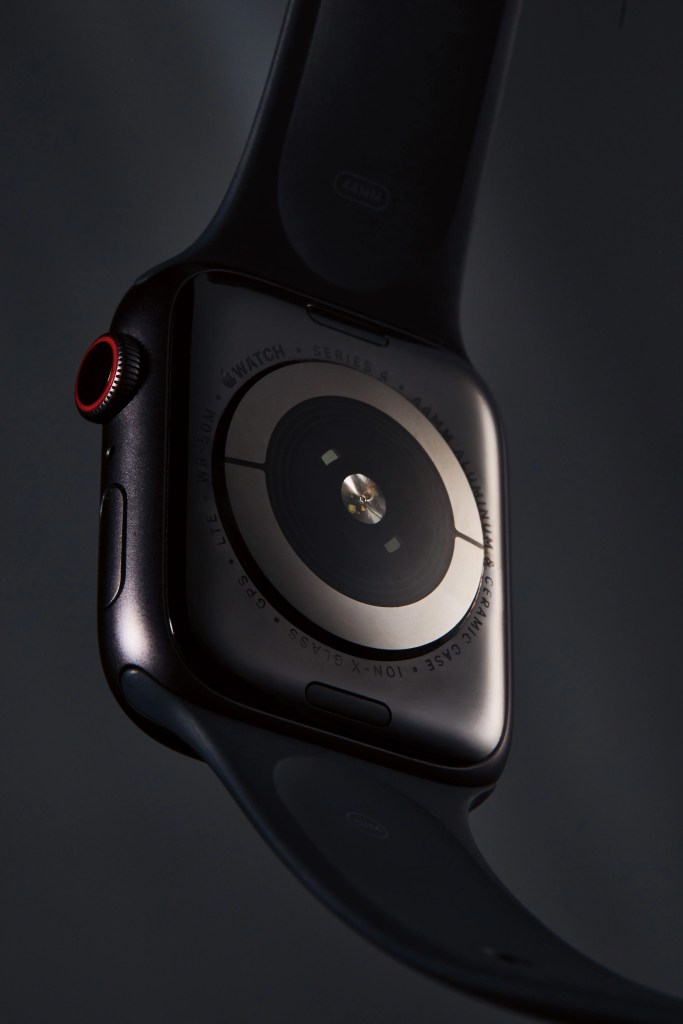The original Apple Watch wasn’t a finalized product; it was more like a field experiment in need of early-adopter guinea pigs.
“We believe this product will redefine what people expect from its category,” Apple CEO Tim Cook proclaimed at the start of his announcement presentation back in September of 2014. “It is the next chapter in Apple’s story.”
 Gear Patrol
Gear PatrolCook’s words were both prescient and premature. No one really knew how a great wearable computer would impact our daily lives — not even Apple. But there were plenty of grand possibilities to explore.
Apple kicked off the project, Chief Design Officer Jony Ive explained during the announcement, by seeking out horological experts to better understand the cultural and historical significance of timekeeping. The traditional wristwatch was the most successful wearable ever created. But why did it succeed? Ive’s team concluded that personalization and a diversity of styles played a crucial part in that success, so Apple developed six different strap types and three different case materials in two different sizes, all in multiple colors. The bevy of options was then curated into three entire “collections” tailored to suit every taste and budget, including a lavish Edition series in real gold that started at $10,000.
 Chase Pellerin
Chase PellerinKevin Lynch, who led the development of the Apple Watch software, appeared next to kick off a showcase of the device’s many capabilities. Lynch began by switching and tweaking watch faces, at one point revealing a visualization of the entire solar system with a specific combination of taps. He fired off quick texts; he asked Siri to call up local movie times and browsed a library of photos. He pulled up maps on the postage-stamp-sized screen, noting how the watch’s haptic feedback engine was “like having this invisible guide with you.” He even discussed how the device enabled “a new form of digital touch communication.”
After a full 36-minute presentation, Cook materialized again to finally address the one function every other wearable at the time showcased: fitness tracking. “Apple builds great products that enrich people’s lives, and arguably we can take that to a whole new level with Apple Watch,” he said. “Being active is one of the best things you can do to improve your health. Apple Watch gives us the ability to motivate people to be more active and healthy.”
This new device could handle fitness tracking just like the rest of the pack, only Apple was dreaming bigger.
The team’s message was clear: this new device could handle fitness tracking just like the rest of the pack, only Apple was dreaming bigger. Surprisingly though, for the first time in recent memory, the company’s grand vision for the future of technology would partially miss the mark. Millions would eagerly purchase the personal gadget, but not to text, tap and navigate via their wrist. They just wanted a better activity tracker and notification checker that worked seamlessly with their iPhone, and they didn’t need it hewn from gold.
Apple, to its credit, caught on quickly. Just two years later, the Apple Watch Series 2 presentation started immediately with a frenzy of diverse, beautiful people engaged in various activities. “We think Apple Watch is the ultimate device for a healthy life,” Apple COO Jeff Williams declared by the end of the talk. The notions of changing how people communicate, view photos or get directions were nowhere to be found.
Health, however, was no longer just a code word for physical fitness. A new “SOS” feature added via a software update was the first sign of Apple’s shift in mentality. It allowed users to simply hold down a button to alert local emergency services, even without knowing the local version of 911. The feature could also automatically ping a preset contact, share a map of where you were and display a quick rundown of pertinent medical information people should know, assuming your paired iPhone was nearby, was working, and had enough battery and a cell signal.
By 2017, Cook touted that the Apple Watch had become the top-selling watch on the planet. It was officially a runaway hit that now dominated the wearables market as many had predicted. And how it could change the world was finally coming into focus.
The Series 3 eliminated the need for a paired iPhone by adding a dedicated LTE connection. This upgrade allowed equipped versions to handle phone calls and texts, stream music and share notifications all on their own. The watch could also now alert owners when their heart rates unexpectedly spiked, a rare but potentially significant early warning sign of serious health issues.

